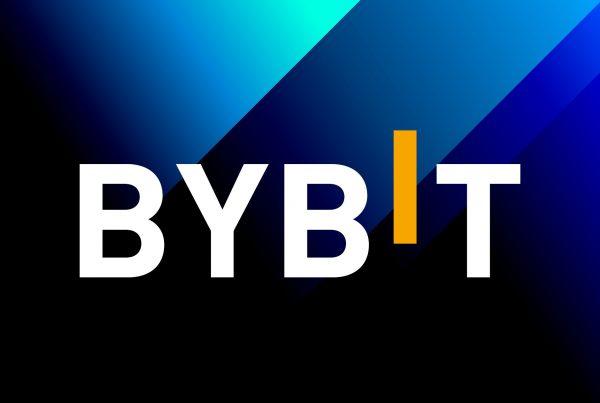
The price of Bitcoin is pushing to new all-time highs, creating profits for traders across the digital asset landscape. While Bitcoin could continue to move higher, crypto is a notoriously volatile market. If you want to cash out some of your crypto gains now for fiat currency, it’s important to find a quick off-ramp that meets your needs.
In the cryptosphere, there are centralized crypto exchanges with built-in cashout mechanisms and decentralized exchanges with an off-ramp. Each has advantages and disadvantages to consider when you want to convert digital assets to cash.
Navigating Crypto Volatility: The Need for Speed
Bitcoin moved to record highs in early March, passing the above $65,000 record last set in November 2021. The rally was largely driven by the successful debut of the first U.S.-listed spot bitcoin ETFs, which received regulatory approval and began trading in January. The fact that one narrative can drive Bitcoin to new heights is encouraging for traders, but it’s also a sign of high volatility for the asset class.
In financial markets, volatility refers to how much an asset price increases or decreases over time. High-volatility assets have larger, more frequent price movements and have the potential for larger gains (and losses) than less volatile assets, such as stocks with high market valuations or certain bonds. Crypto is a relatively new yet rapidly growing market with unique supply and demand dynamics that are influenced by the fixed supply of large assets like Bitcoin, which has a hard cap of 21 million coins.
For example, Bitcoin has experienced over eight 50% price corrections in its 14 years of existence. However, the token has also recovered from those corrections over the course of a full cycle to make new all-time highs, according to data from crypto brokerage firm Caleb & Brown.
The volatility means it’s important to act quickly if you want to move on a certain market narrative. But how can you exchange crypto for cash and deposit those funds into your bank account?
Centralized Exchanges: A Traditional Approach
Centralized exchanges (CEX) act as the middleman in crypto transactions, facilitating the trades between buyers and sellers and providing crypto to fiat exchange services. CEX has easy-to-use interfaces, high liquidity, and a broad range of digital assets and fiat currencies. In exchange, users allow the exchange to hold the private keys for their account. Coinbase, Kraken, and Binance are a few examples of centralized exchanges.
Factors to consider when choosing a centralized exchange include the transaction fees the exchanges charge on each transaction to earn revenue and the types of bank accounts available for withdrawals. For example, some exchanges don’t let you withdraw cash to a debit card.
If your crypto is currently in a non-custodial wallet, you would first need to transfer those funds onto the CEX, which comes with the transaction fees of the blockchain you’re using. You then need to create a Sell order, convert it to cash, and then transfer the cash to your selected payout method. The transfer can take one to two days to process due to a hold period.
Decentralization Exchanges: User-Controlled Assets
A decentralized exchange (DEX) allows for peer-to-peer transactions directly from your non-custodial wallet, where you maintain full control of your private keys and assets. The DEX connects directly to the blockchain without the need for a middleman Ramp offers on- and off-ramp solutions that can be integrated into any wallet that connects to a DEX, allowing users to seamlessly purchase and sell crypto within the wallet. Argent, Trust, and Exodus are examples of popular non-custodial wallet service providers that have integrated Ramp.
Cashing out crypto using Ramp is simple. You create a Sell order that specifies the cryptocurrency and amount you want to sell, review the price quote and fees provided by the platform, and select your preferred payout method. The transfer hits your selected account faster than a centralized exchange since there is no holding period.
CEX vs DEX
There are pros and cons to both the older CEX method and the Ramp-integrated wallets connecting to a DEX.
Centralized exchanges typically offer a wide range of digital assets and fiat currencies, providing flexibility in trading pairs and conversion options. The platforms also tend to have higher liquidity so users can buy and sell larger amounts of crypto without significantly impacting the market price.
On the downside, centralized exchanges hold onto the private keys of user accounts, meaning you don’t have full control over your assets. You risk losing assets to an exchange hack or bankruptcy. Centralized exchanges can also have regional restrictions for buying, selling and withdrawing cryptocurrency.
Decentralized exchanges integrated with Ramp offer a streamlined process for converting crypto to fiat, often within a few clicks directly in the app, making it convenient for users who prioritize ease of use over advanced trading options. You maintain control over your private keys and your funds, removing the risk of exchange hacks and bankruptcies. There’s no need to set up a separate exchange account, reducing the costs of converting crypto to fiat. Ramp has wide availability around the world and offers a growing list of supported payment types.
The range of cryptocurrencies and fiat currencies available for conversion in Ramp wallets might be more limited compared to centralized exchanges. There’s also the potential for higher fees for converting and transferring the funds, particularly for larger transactions.
A personal choice
Choosing between a CEX and Ramp-enabled DEX depends on your individual needs. If maintaining control over your funds, regional and payment account diversity and decentralization are your priorities, a Ramp DEX might be the better choice.



